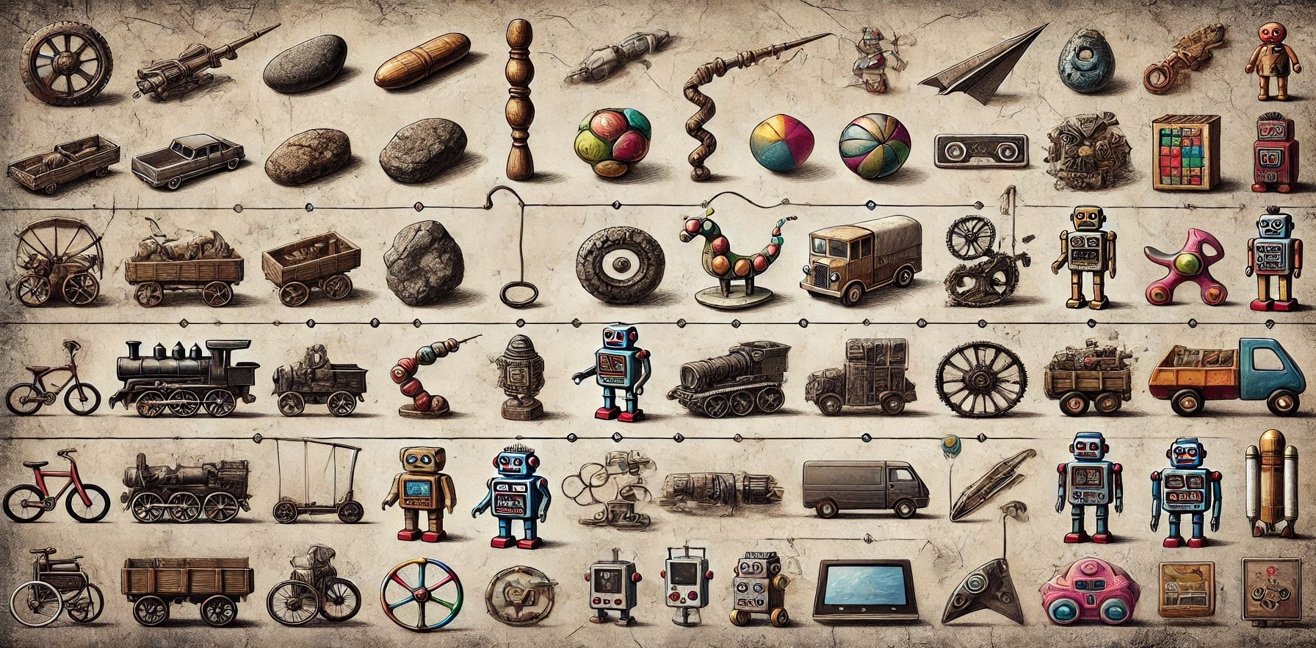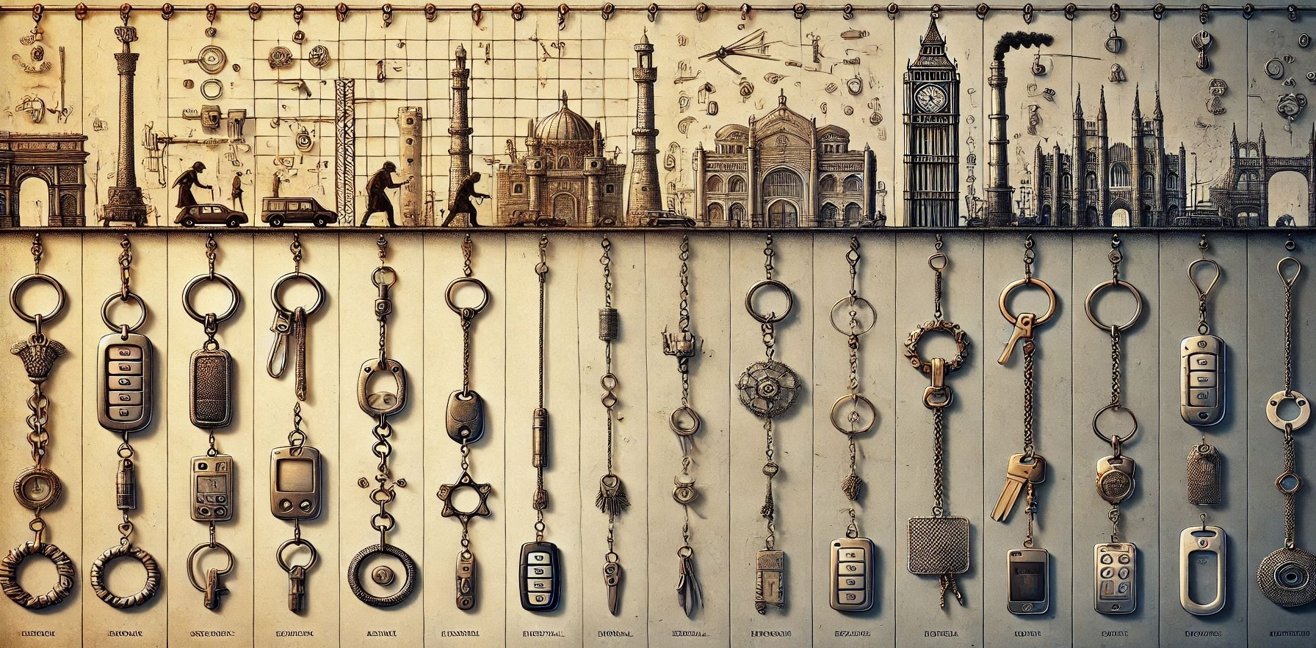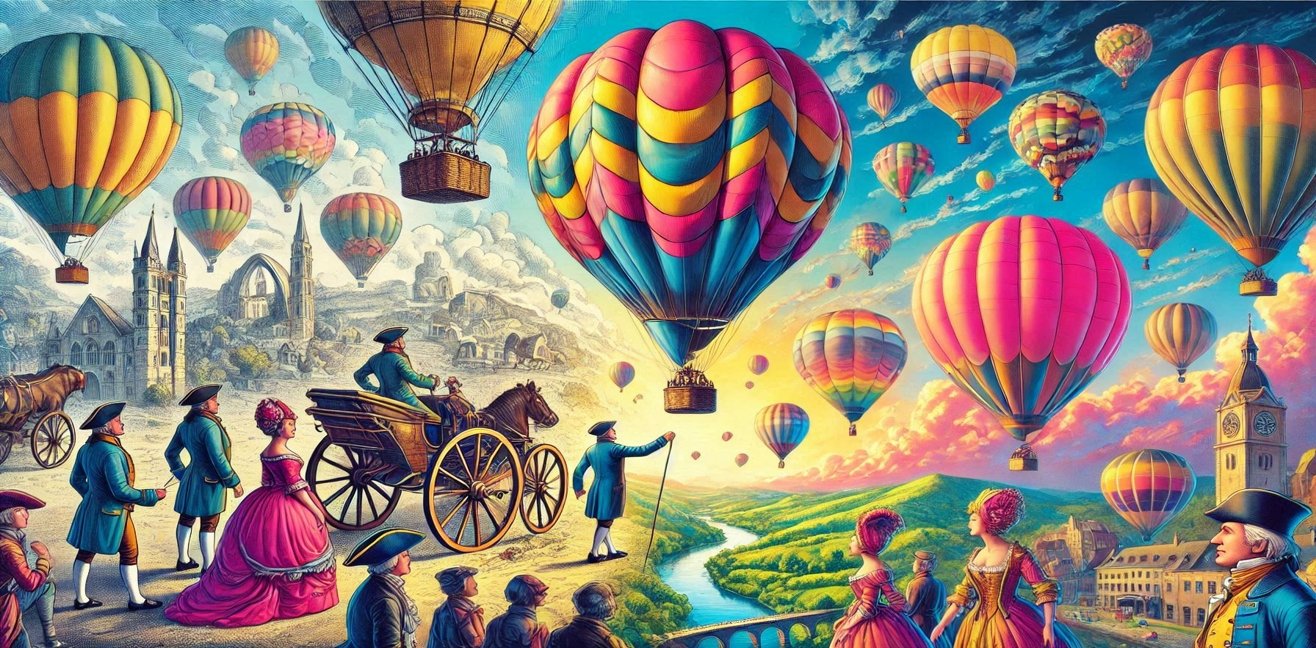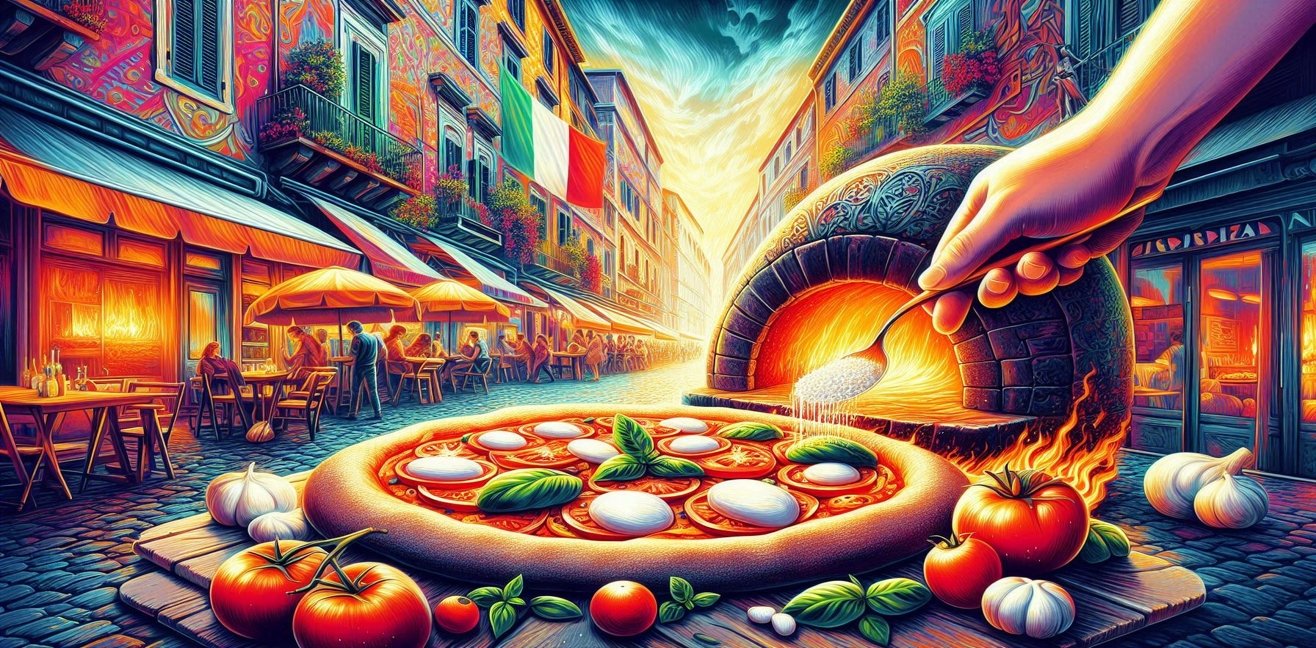Toys are important cultural and educational elements that carry traces of humanity’s creativity and imagination. The invention and development of toys throughout human history have played a significant role in children’s education and entertainment. Here’s the fascinating journey of toys…
The First Toys:
Since ancient times, humanity has created tools for play and entertainment for children. Stones, pieces of wood, bones, and other natural materials were among the materials used to make the first toys. These simple toys helped children develop their imagination and explore their social skills.
The Industrial Revolution and the Toy Industry:
With the Industrial Revolution, the production and industry of toys also saw great development. Thanks to mechanization, toys could be produced more quickly and efficiently. During this period, the use of metal, plastic, and other synthetic materials made toys more durable and diverse.
The Toy Revolution of the 20th Century:
The 20th century was a period of revolution in the toy industry. The development of manufacturing processes, the increase in mass production capabilities, and the evolution of marketing strategies made toys more widespread and accessible. Additionally, during this period, toys gained more interactive and educational features.
Technology and Toys:
Technological advancements greatly influenced the design and functionality of toys. Electronic toys, smart toys, robots, and digital games have become key elements shaping the world of play for children today. These new technologies help children develop problem-solving skills, creativity, and digital literacy, while also offering an enjoyable experience.
Conclusion:
Toys are essential tools that carry traces of humanity’s creativity and imagination. From the first stone toys to today’s technological toys, toys are indispensable for children’s education, entertainment, and development. Each toy carries a story and occupies a place in the memories of many generations.




